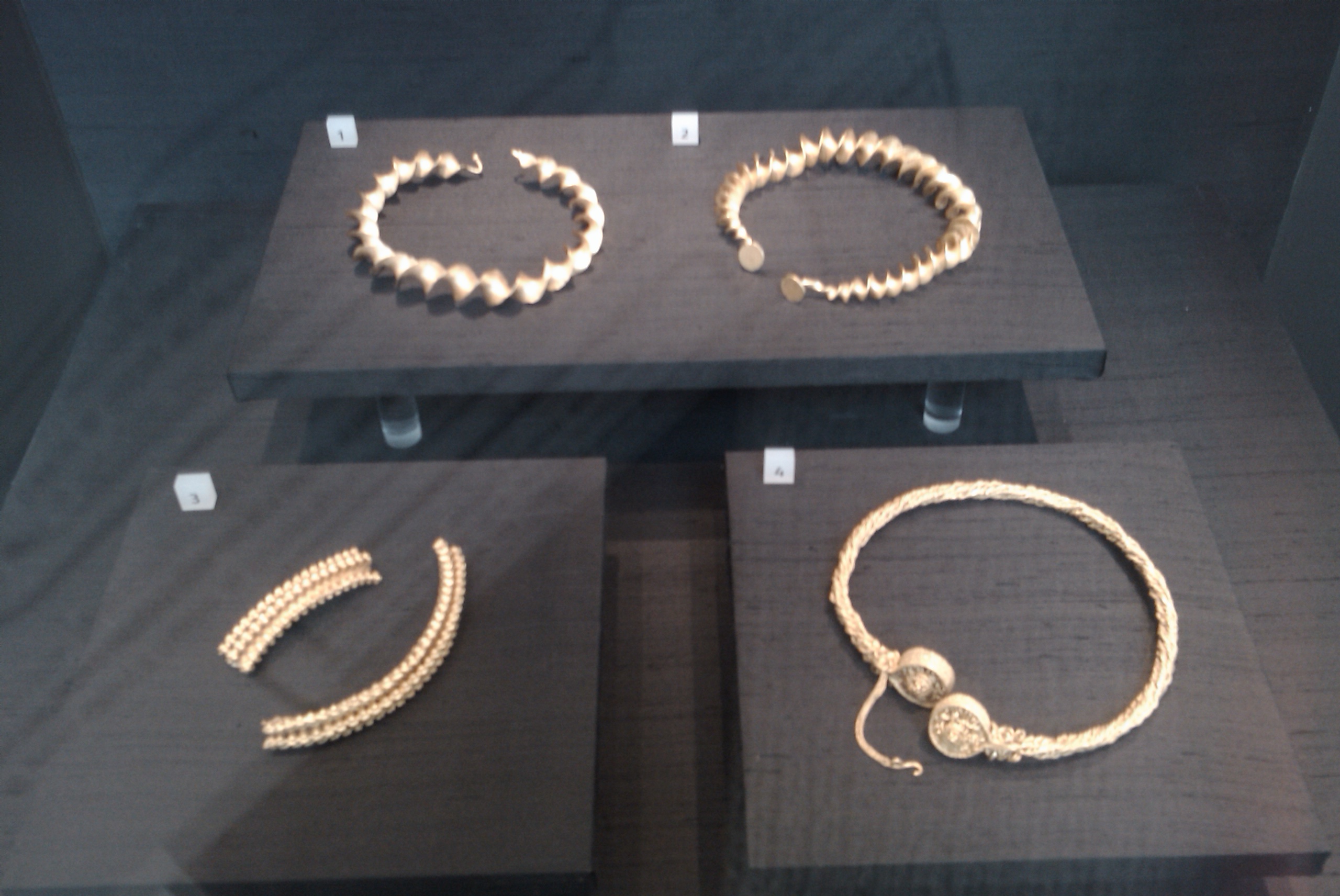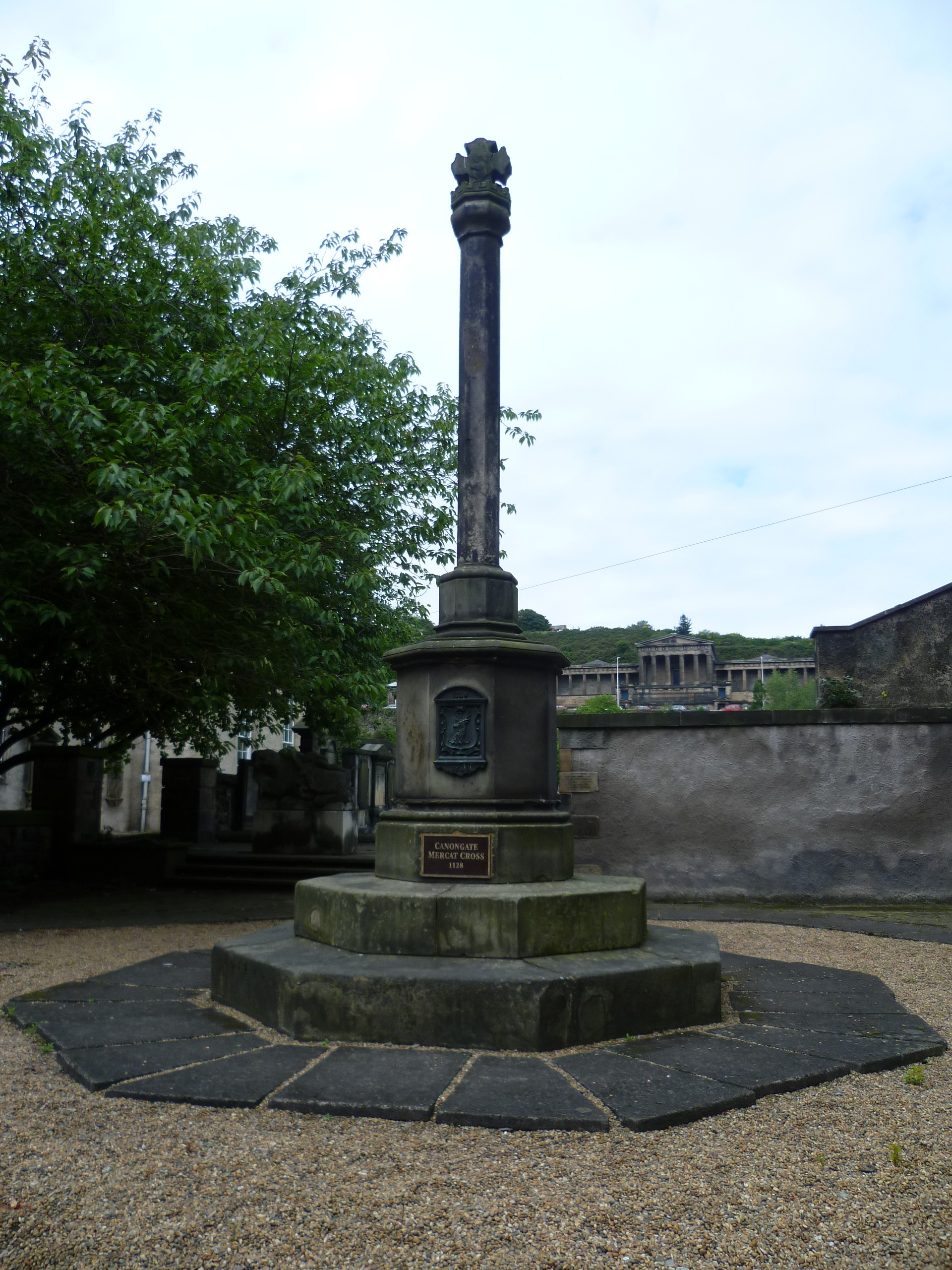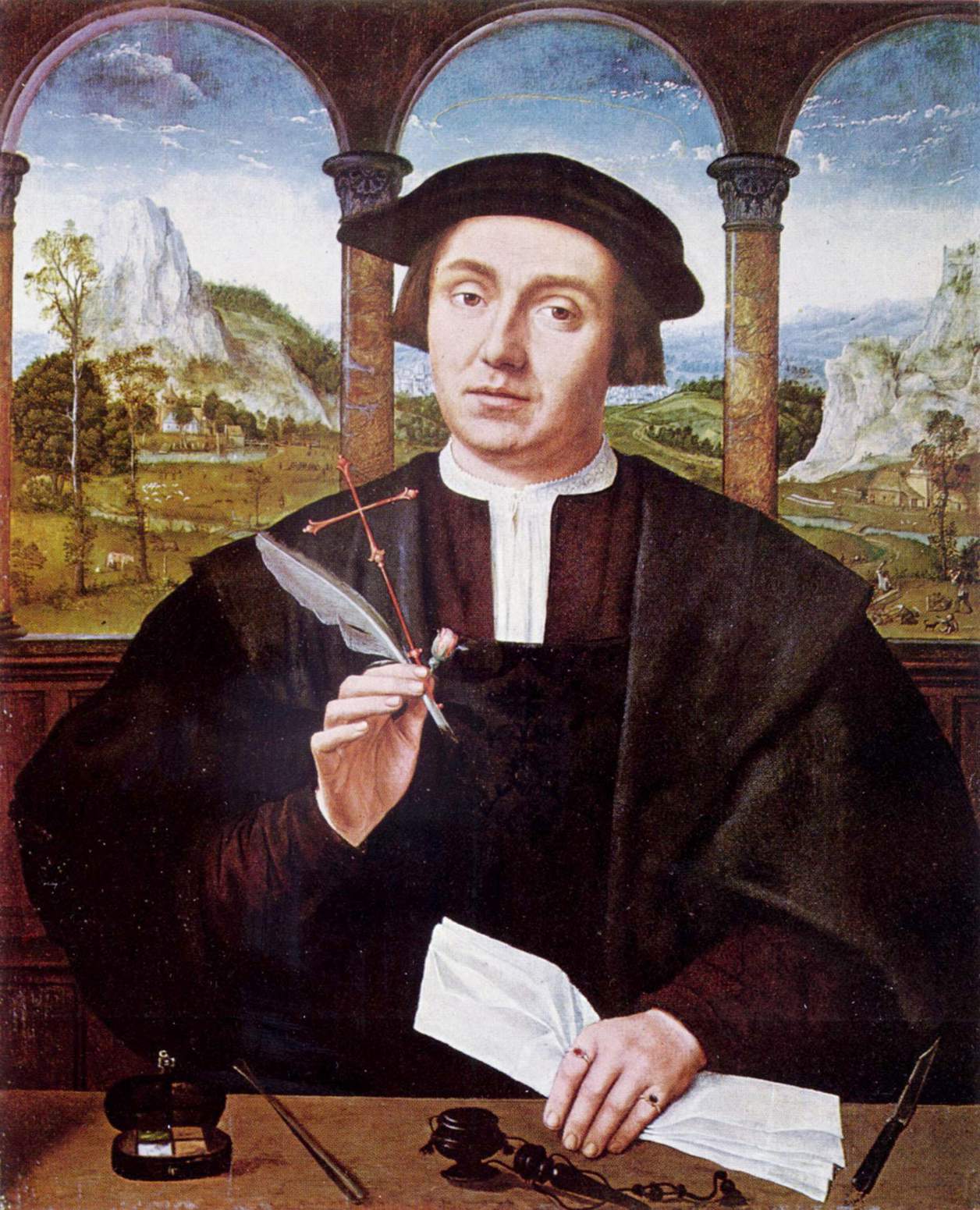|
Lord Kames
Henry Home, Lord Kames (169627 December 1782) was a Scottish writer, philosopher, advocate, judge, and agricultural improver. A central figure of the Scottish Enlightenment, a founding member of the Philosophical Society of Edinburgh, and active in the Select Society, he acted as patron to some of the most influential thinkers of the Scottish Enlightenment, including the philosopher David Hume, the economist Adam Smith, the writer James Boswell, the chemical philosopher William Cullen, and the naturalist John Walker. Biography He was born at Kames House, between Eccles and Birgham, Berwickshire, son of George Home of Kames House. He was educated at home by a private tutor until the age of 16. In 1712 he was apprenticed as a lawyer under a Writer to the Signet in Edinburgh, was called to the Scottish bar as an advocate bar in 1724. He soon acquired reputation by a number of publications on the civil and Scottish law, and was one of the leaders of the Scottish Enlightenment ... [...More Info...] [...Related Items...] OR: [Wikipedia] [Google] [Baidu] |
David Martin (1737-1797) - Henry Home (1696–1782), Lord Kames, Scottish Judge And Author - PG 822 - National Galleries Of Scotland
David or Dave Martin may refer to: Entertainment *David Martin (artist) (1737–1797), British painter and engraver *David Stone Martin (1913–1992), American artist *David Martin (poet) (1915–1997), Hungarian-Australian poet and novelist *Dave Martin (screenwriter) (1935–2007), writer for the television program ''Doctor Who'' *Dave Martin (jazz musician) (1907–1975), jazz pianist and songwriter * David A. Martin (musician) (1937–1987), American pop musician with Sam the Sham & the Pharaohs * David Martin (humorist) (born 1950), Canadian humorist and newspaper columnist * Dave Martin (chef), contestant on the reality television program ''Top Chef'' * David L. Martin, role-playing games artist Politics *David Martin (Michigan politician), Republican State Assemblyman * David Martin (Nebraska politician) (1907–1997), Republican U.S. Representative * David Martin (Wisconsin politician) (born 1931), Republican State Assemblyman *David Martin (mayor) (born 1953), politician i ... [...More Info...] [...Related Items...] OR: [Wikipedia] [Google] [Baidu] |
Clan Home
Clan Home (pronounced and sometimes spelt Hume) is a Scottish clan.Way, George and Squire, Romily. ''Collins Scottish Clan & Family Encyclopedia''. (Foreword by The Rt Hon. The Earl of Elgin KT, Convenor, The Standing Council of Scottish Chiefs). Published in 1994. Pages 168 – 169. It held immense power for much of the Middle Ages and dominated the eastern Scottish Borders. It produced no fewer than eight Wardens of the Eastern March – more than any other family. History Origins of the clan The Home family descends in the male-line from Cospatric I (died after 1073), the Anglo-Celtic Earl of Northumbria. His descendant William de Home (son of Sir Patrick de Greenlaw, the second son of Cospatric III, Earl of Lothian), adopted the surname following his acquisition of the lands of Home in Berwickshire in the early 13th century, through his marriage to his second cousin Ada (the daughter of Patrick I, Earl of Dunbar). William's arms featured the silver lion of Dunbar but wit ... [...More Info...] [...Related Items...] OR: [Wikipedia] [Google] [Baidu] |
Jacobite Rising Of 1745
The Jacobite rising of 1745, also known as the Forty-five Rebellion or simply the '45 ( gd, Bliadhna Theàrlaich, , ), was an attempt by Charles Edward Stuart to regain the Monarchy of Great Britain, British throne for his father, James Francis Edward Stuart. It took place during the War of the Austrian Succession, when the bulk of the British Army was fighting in mainland Europe, and proved to be the last in Jacobite risings, a series of revolts that began in Jacobite rising of 1689, 1689, with major outbreaks in 1708, Jacobite rising of 1715, 1715 and Jacobite rising of 1719, 1719. Charles launched the rebellion on 19 August 1745 at Glenfinnan in the Scottish Highlands, capturing Edinburgh and winning the Battle of Prestonpans in September. At a council in October, the Scots agreed to invade England after Charles assured them of substantial support from English Jacobitism, Jacobites and a simultaneous French landing in Southern England. On that basis, the Jacobite Army (1745) ... [...More Info...] [...Related Items...] OR: [Wikipedia] [Google] [Baidu] |
Blair Drummond
Blair Drummond is a small rural community northwest of Stirling in the Stirling district of Scotland, predominantly located along the A84 road. Lying to the north of the River Forth, the community is within the registration county of Perthshire and the civil parish of Kincardine History A former resident of Blairdrummond House was enlightenment thinker Lord Kames whose wife inherited the house in 1766. Lord Kames began the transformation of the carse area of Blair Drummond; turning it from an often water-laden moss into productive agricultural land, which brought him an income of almost £2000 per year. Blair Drummond House was entirely rebuilt in 1868-72 by James Campbell Walker (under instruction from George Stirling Home Drummond FRSE) and again by James Bow Dunn after a fire in 1921-23 and is now a home for adults with learning disabilities run by the Camphill Movement. Four gold Iron Age torcs, known as the Stirling torcs, were found in Blair Drummond in 2009 and ... [...More Info...] [...Related Items...] OR: [Wikipedia] [Google] [Baidu] |
Canongate
The Canongate is a street and associated district in central Edinburgh, the capital city of Scotland. The street forms the main eastern length of the Royal Mile while the district is the main eastern section of Edinburgh's Old Town. It began when David I of Scotland, by the Great Charter of Holyrood Abbey c.1143, authorised the Abbey to found a burgh separate from Edinburgh between the Abbey and Edinburgh. The burgh of Canongate that developed was controlled by the Abbey until the Scottish Reformation when it came under secular control. In 1636 the adjacent city of Edinburgh bought the feudal superiority of the Canongate but it remained a semi-autonomous burgh under its own administration of bailies chosen by Edinburgh magistrates, until its formal incorporation into the city in 1856. The burgh gained its name from the route that the canons of Holyrood Abbey took to Edinburgh—the canons' way or the canons' gait, from the Scots word ''gait'' meaning "way". In more modern ... [...More Info...] [...Related Items...] OR: [Wikipedia] [Google] [Baidu] |
Scotland
Scotland (, ) is a country that is part of the United Kingdom. Covering the northern third of the island of Great Britain, mainland Scotland has a border with England to the southeast and is otherwise surrounded by the Atlantic Ocean to the north and west, the North Sea to the northeast and east, and the Irish Sea to the south. It also contains more than 790 islands, principally in the archipelagos of the Hebrides and the Northern Isles. Most of the population, including the capital Edinburgh, is concentrated in the Central Belt—the plain between the Scottish Highlands and the Southern Uplands—in the Scottish Lowlands. Scotland is divided into 32 administrative subdivisions or local authorities, known as council areas. Glasgow City is the largest council area in terms of population, with Highland being the largest in terms of area. Limited self-governing power, covering matters such as education, social services and roads and transportation, is devolved from the Scott ... [...More Info...] [...Related Items...] OR: [Wikipedia] [Google] [Baidu] |
Joseph Knight (slave)
Joseph Knight (''fl.'' 1769–1778) was a man born in Guinea (the general name of West Africa) and there seized into slavery. It appears that the captain of the ship which brought him to Jamaica there sold him to John Wedderburn of Ballindean, Scotland. Wedderburn had Knight serve in his household, and took him along when he returned to Scotland in 1769. On Knight leaving his service, Wedderburn had him arrested and brought before the local justices of the peace. Inspired by Somersett's Case (1772), in which the courts had held that slavery did not exist under English common law, Knight resisted his claim. Knight won his claim after two appeals, in a case that established the principle that Scots law would not uphold the institution of slavery (except in the case of enslaved colliers and salters who had to wait until the end of the century for emancipation). Early life Joseph Knight was born in Guinea, according to the pleadings submitted on his behalf in the Court of Session ... [...More Info...] [...Related Items...] OR: [Wikipedia] [Google] [Baidu] |
British Linen Bank
The British Linen Bank was a commercial bank based in the United Kingdom. It was acquired by the Bank of Scotland in 1969 and served as the establishment's merchant bank arm from 1977 until 1999. History Foundation The Edinburgh-based British Linen was "the only British bank to be formed on the basis of an industrial charter" and, as the name suggests, its roots lay in the Scottish linen industry. The original driving force behind the formation of the British Linen Company (as it was first named) was Andrew Fletcher, Lord Milton. He was a lawyer landowner, had been active in the promotion of the Royal Bank of Scotland and, according to Checkland, "from 1735 to 1766 he was the most important man in the politics of Scotland." He had helped establish the Board of Trustees for Fisheries and Manufactures in Scotland and was the chairman of the board's Linen Committee. In 1727 he had been instrumental in the formation of the Edinburgh Linen Co-Partnery and in the early 1740s Milton wa ... [...More Info...] [...Related Items...] OR: [Wikipedia] [Google] [Baidu] |
Linen
Linen () is a textile made from the fibers of the flax plant. Linen is very strong, absorbent, and dries faster than cotton. Because of these properties, linen is comfortable to wear in hot weather and is valued for use in garments. It also has other distinctive characteristics, notably its tendency to wrinkle. Linen textiles appear to be some of the oldest in the world; their history goes back many thousands of years. Dyed flax fibers found in a cave in Southeastern Europe (present-day Georgia) suggest the use of woven linen fabrics from wild flax may date back over 30,000 years. Linen was used in ancient civilizations including Mesopotamia and ancient Egypt, and linen is mentioned in the Bible. In the 18th century and beyond, the linen industry was important in the economies of several countries in Europe as well as the American colonies. Textiles in a linen weave texture, even when made of cotton, hemp, or other non-flax fibers, are also loosely referred to as "linen". ... [...More Info...] [...Related Items...] OR: [Wikipedia] [Google] [Baidu] |
Advocate Bar
An advocate is a professional in the field of law. Different countries' legal systems use the term with somewhat differing meanings. The broad equivalent in many English law–based jurisdictions could be a barrister or a solicitor. However, in Scottish, Manx, South African, Italian, French, Spanish, Portuguese, Scandinavian, Polish, Israeli, South Asian and South American jurisdictions, "Advocate" indicates a lawyer of superior classification. "Advocate" is in some languages an honorific for lawyers, such as " Adv. Sir Alberico Gentili". "Advocate" also has the everyday meaning of speaking out to help someone else, such as patient advocacy or the support expected from an elected politician; this article does not cover those senses. Europe United Kingdom and Crown dependencies England and Wales In England and Wales, Advocates and proctors practiced civil law in the Admiralty Courts and also, but in England only, in the ecclesiastical courts of the Church of England, i ... [...More Info...] [...Related Items...] OR: [Wikipedia] [Google] [Baidu] |
Scottish Bar
The Faculty of Advocates is an independent body of lawyers who have been admitted to practise as advocates before the courts of Scotland, especially the Court of Session and the High Court of Justiciary. The Faculty of Advocates is a constituent part of the College of Justice and is based in Edinburgh. Advocates are privileged to plead in any cause before any of the courts of Scotland, including the sheriff courts and district courts, where counsel are not excluded by statute. History The Faculty has existed since 1532 when the College of Justice was set up by Act of the Parliament of Scotland, but its origins are believed to predate that event. No curriculum of study, residence or professional training was, until 1856, required on entering this profession, but the faculty always had the power of rejecting any candidate for admission. Subsequently candidates underwent two private examinations; one in general scholarship that could be substituted by evidence of an equivalen ... [...More Info...] [...Related Items...] OR: [Wikipedia] [Google] [Baidu] |







